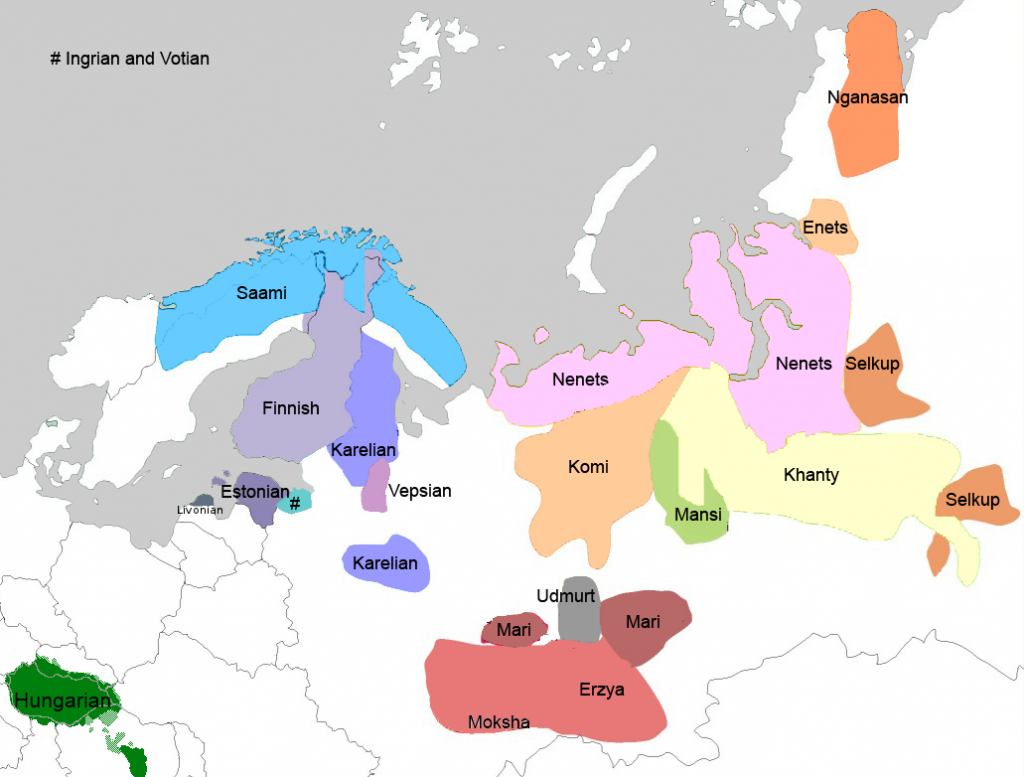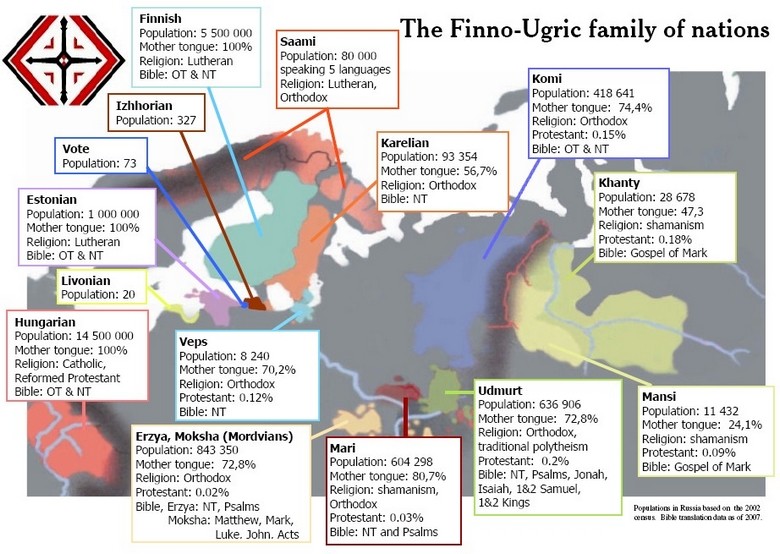Representatives of 23 different Finno-Ugric nations are expected to gather in the Estonian town of Tartu in June 2021 for the World Congress of the Finno-Ugric peoples.
The congress was originally due to take place in June 2020 but has now been rescheduled because of the coronavirus pandemic. The NGO organising the event, Fenno-Ugria, announced the congress will take place from 16-18 June 2021 at the Estonian National Museum in Tartu; the theme is “Cultural landscapes – language and mind”.
The presidents of Finland, Hungary, Russia and Estonia are invited
Estonia expects representatives of 23 different Finno-Ugric nations to the congress and the presidents of Finland, Hungary, Russia and Estonia have been invited to the opening ceremony.
The World Congress of the Finno-Ugric peoples, organised since 1992, takes place every four years. Estonia has hosted it once before – in 2004 – while Russia, Hungary and Finland have all hosted it twice. The presidents of the four countries have so far always participated in the event.
The Finno-Ugric peoples are the peoples who speak Finno-Ugric languages. The four most numerous Finno-Ugric peoples are the Hungarians (13–14 million), the Finns (6–7 million), the Estonians (1.1 million) and the Mordvins (744,000). The first three inhabit independent states – Hungary, Finland and Estonia – whereas Mordovia is a republic within Russia.
Scattered around
Other Finno-Ugric peoples have autonomous republics within Russia: the Karelians (the Republic of Karelia), the Komi (the Komi Republic), the Udmurts (the Udmurt Republic), the Mari (the Mari El Republic) and the Mordvins (Moksha and Erzya; the Republic of Mordovia).

The Khanty and Mansi peoples live in the Khanty-Mansi Autonomous Region of Russia. The Komi subgroup, Komi-Permyaks, used to live in the Komi-Permyak Autonomous Region, but today, this area is a territory with special status within the Perm Krai in Russia.
A significant number of Finno-Ugric peoples also live in the United States, Romania, Slovakia, Sweden, Canada and Norway.
Cover: A map of Finno-Ugric populations in Europe. Image by Martintg (Wikipedia).


